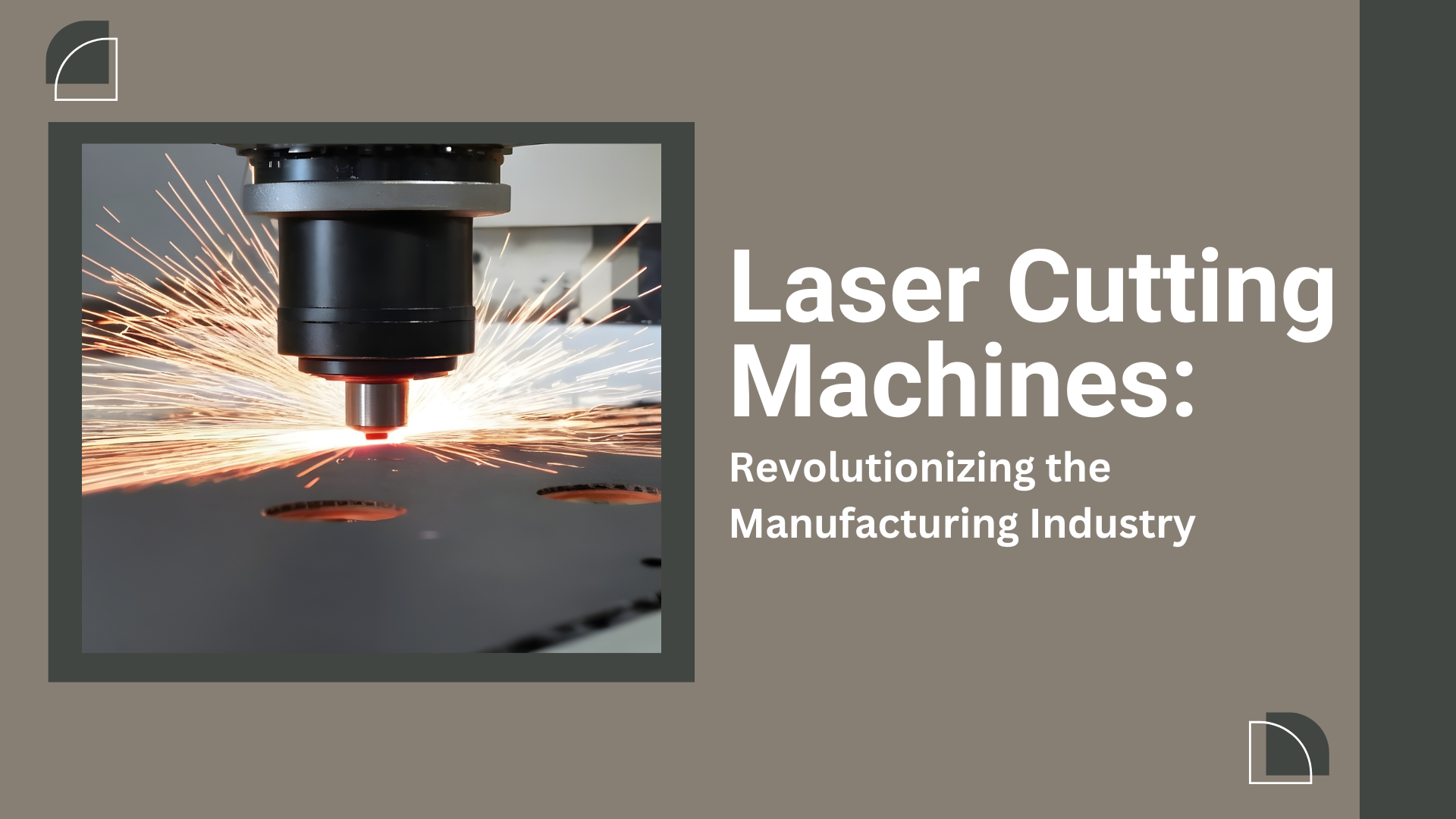
In today’s fast-paced world, precision and efficiency are key factors in manufacturing and fabrication industries. Laser cutting machines have emerged as invaluable tools, revolutionizing the way we cut and shape various materials, especially metals. With their remarkable precision and versatility, these machines have become a staple in modern manufacturing processes.
The Importance of Laser Cutting Machines
Laser cutting machines have become indispensable in a wide range of industries, including automotive, aerospace, electronics, and even fashion. These machines utilize a powerful laser beam to cut through materials with exceptional accuracy and speed, surpassing traditional cutting methods in both efficiency and quality. The ability to precisely control the laser beam allows for intricate designs and complex shapes to be effortlessly created.
Different Laser Heads for Metal Cutting
There are two primary types of laser cutting machines based on the laser source used: CO2 lasers and fiber lasers. Both offer unique advantages and are suited for specific applications.
USPs of Laser Cutting Machines
Laser cutting machines offer several unique selling points (USPs) that set them apart from conventional cutting techniques. These include:
- Precision: Laser cutting machines are renowned for their exceptional precision, enabling intricate cuts and designs that were previously impossible.
- Versatility: These machines can cut through a wide range of materials, including metals, plastics, glass, wood, and fabrics, making them highly versatile.
- Speed: Laser cutting machines can swiftly cut through materials, significantly reducing production time and increasing efficiency.
- Minimal Waste: The narrow laser beam minimizes material wastage, making laser cutting an environmentally friendly option.
- Automation: Many laser cutting machines are equipped with advanced automation features, allowing for seamless integration with other manufacturing processes.
CO2 Lasers vs. Fiber Lasers
CO2 Lasers: CO2 lasers have been a popular choice in cutting machine for many years. They utilize a gas mixture of carbon dioxide, nitrogen, and helium to generate the laser beam. These machines are highly effective for cutting non-metallic materials, such as wood, acrylic, and rubber. However, when it comes to cutting metals, they are less efficient compared to fiber lasers.
Fiber Lasers: Fiber lasers, on the other hand, have gained significant popularity for metal cutting applications. They employ a solid-state laser source, using optical fiber to amplify and deliver the laser beam. Fiber lasers are known for their high energy efficiency, allowing for faster cutting speeds and reduced operating costs. They excel in cutting various metals, including steel, aluminum, and copper, with exceptional precision and edge quality.
Conclusion
Laser cutting machines have revolutionized the manufacturing industry, providing unparalleled precision and efficiency. Whether utilizing CO2 lasers for non-metallic materials or fiber lasers for metal cutting, these machines offer incredible versatility and numerous advantages. The choice between CO2 and fiber laser heads ultimately depends on the specific requirements of the application. As technology continues to advance, laser cutting machines will undoubtedly play an increasingly vital role in shaping our world.
So, if you’re seeking a cutting-edge solution to elevate your manufacturing capabilities, look no further than laser cutting machines. Let the laser beam guide you towards a future of endless possibilities.










